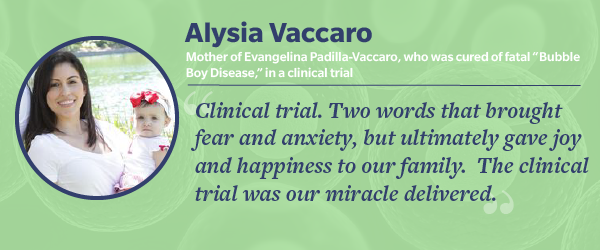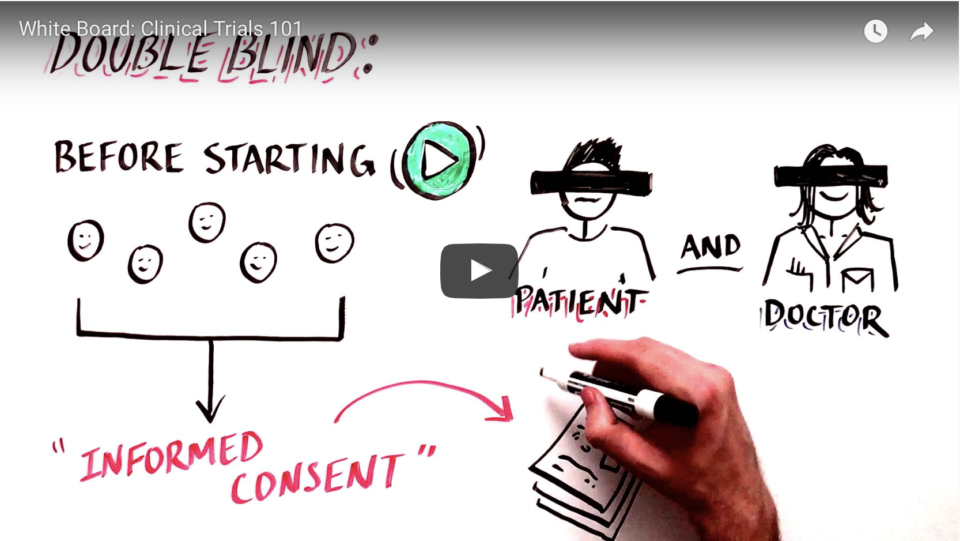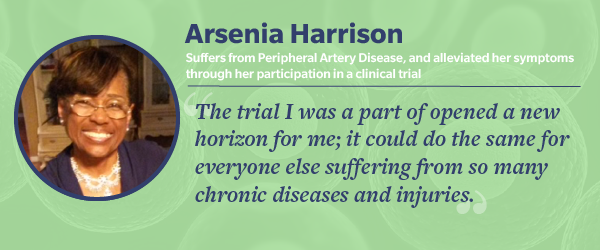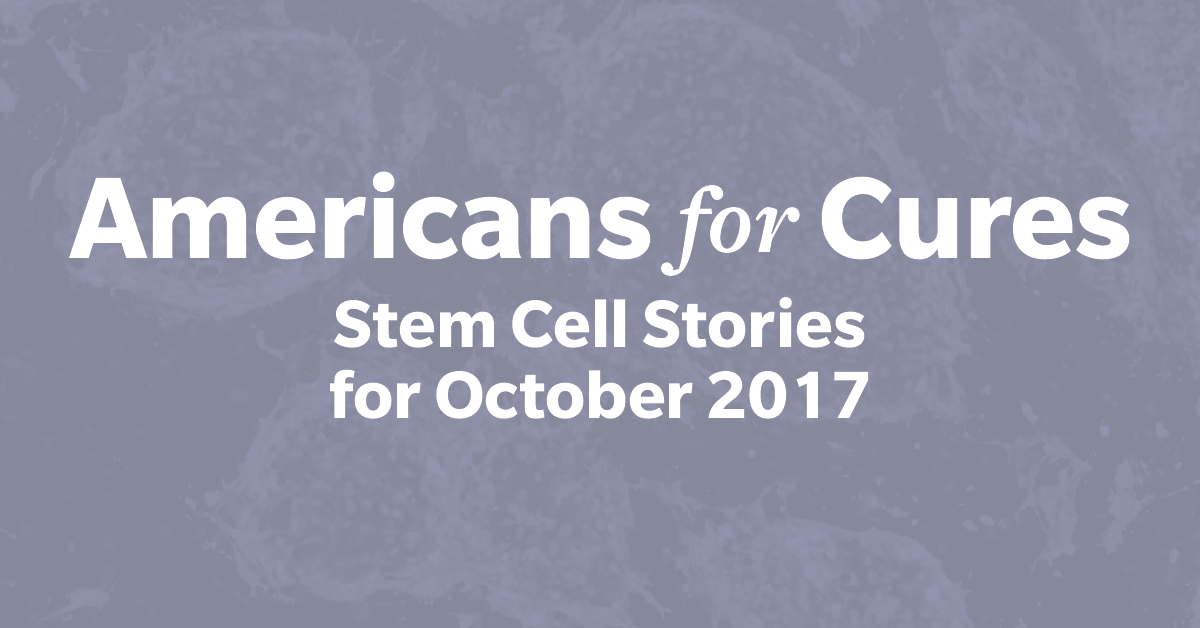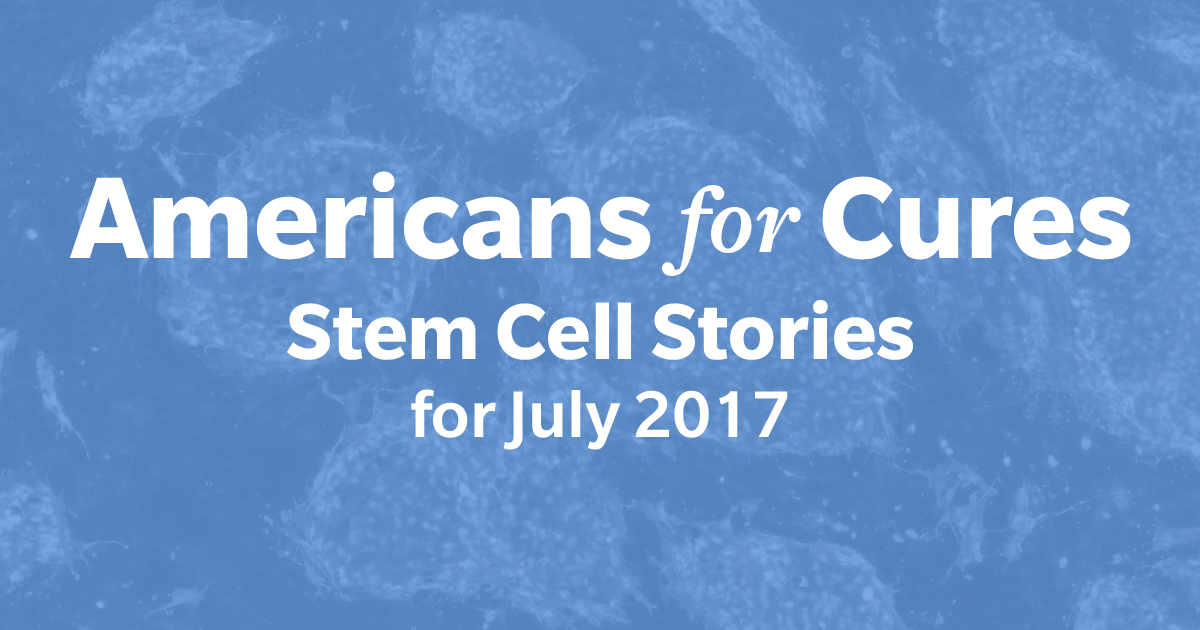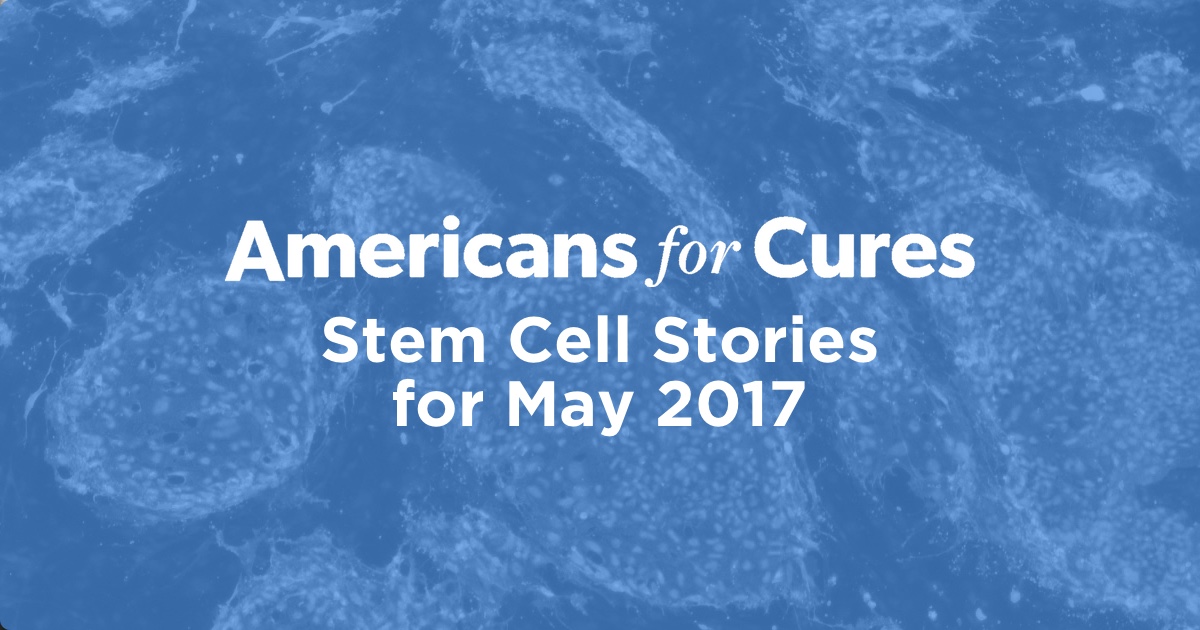
Kris Boesen, diagnosed quadriplegic who experienced increased mobility after participating in a clinical trial.
Hi Friends,
In 2011, Rich Lajara became the first person in California to receive an embryonic stem cell therapy for spinal cord injury.
Since that day, countless breakthroughs have been made in stem cell research. From a cure for the fatal “Bubble Boy Disease,” to progress towards treatments for chronic diseases and injuries such as blindness, cancer, and paralysis, scientists across California have worked tirelessly on behalf of patients.
Their advances all have one thing in common: they started with a clinical trial.
As you’ll read below, clinical trials are one of the most important research tools for advancing medical knowledge and patient care. After vigorous testing and experimentation, the most promising treatments are tested in people to answer two primary questions: if they’re safe, and if they have real and positive effects on particular diseases and injuries. The process takes years of hard work, with many setbacks, challenges, and failed experiments along the way. But as our patient advocates know, the potential of success–a treatment, or a cure — makes it all worth it.
We hope you enjoy this month’s newsletter, full of interactive quizzes, words from our advocates, and information on how clinical trials work — and how you can get involved. As always, thank you for your support for the advancement of stem cell research in California, and the clinical trials that help us get to cures.
Sincerely,
Mary Bass
Executive Director of Americans for Cures
What are clinical trials?
Clinical trials are research studies that explore whether a medical treatment is safe and effective for people, and produce the most relevant evidence for health care decisionmaking.
Once potential treatments are discovered in the lab, the FDA requires that they are subjected to rigorous testing. These potential treatments are first tested in non-human models, involving years of research, and hundreds, even thousands, of failed experiments. The most promising treatments are then tested in humans to make sure they are safe and have real, positive effects on particular diseases.
Clinical trials consist of four stages. Both Stage I and Stage II monitor for safety, though Stage I focuses primarily on tolerance and side effects, while Stage II determines whether the treatment is doing what is actually intended. In Stage III, the most important phase of a clinical trial, the treatment is given to larger groups of patients. Throughout this stage, researchers compare the effectiveness of the new treatment compared to placebos, a treatment with no therapeutic effect used to show that the impact of the treatment being tested is real. After 3-5 years, should the treatment be proven both safe and effective, it may be approved by the FDA and commercialized. The treatment then enters Stage IV of a clinical trial, where it is monitored for long-term side effects within the public.
Learn more about how stem cell clinical trials work by watching our whiteboard video:
How do I join a clinical trial for stem cell research?
If you are exploring possible clinical trials, you should first consult with your doctor, and have them refer you to a medical group that specializes in your condition. This will ensure you have access to the most up-to-date treatments, as well as doctors who are often involved in clinical trials.
You can visit this site where you can search for clinical trials related to your condition. Look for trials with the status of “RECRUITING,” and then follow the protocol for applying. Always be wary of for-profit clinics that lack government oversight and have not published their findings in scientific journals.
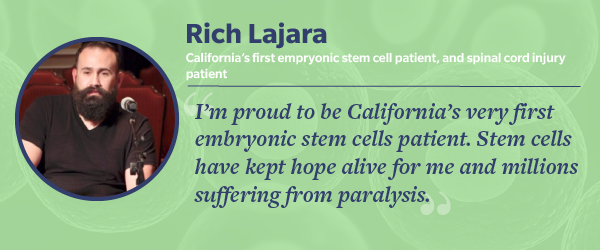
Take The Quiz: Clinical Trials 101
What goes on in Phase 3 of a clinical trial? What does the IRB stand for anyway? Test your knowledge with our Clinical Trials 101 quiz.


